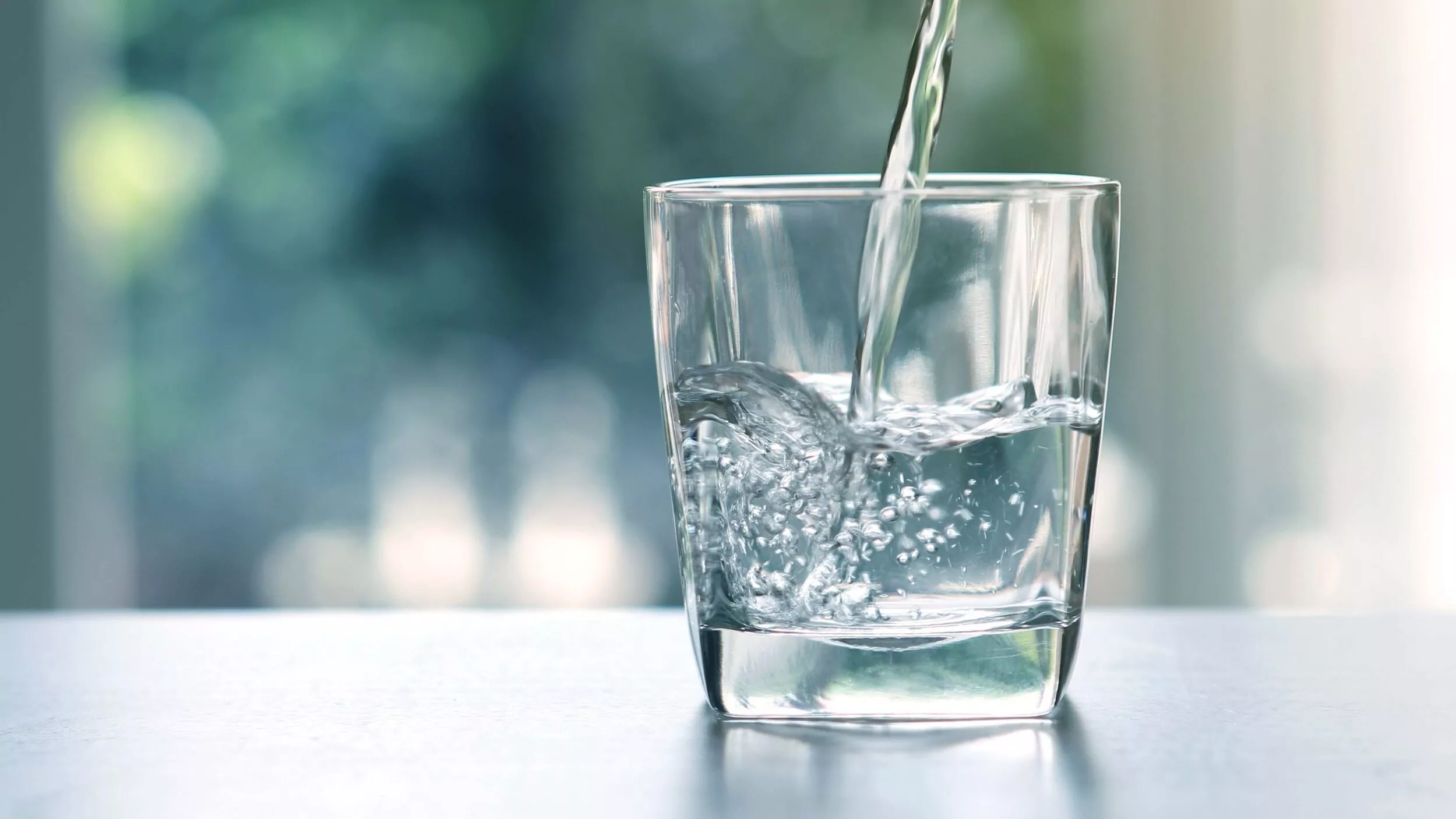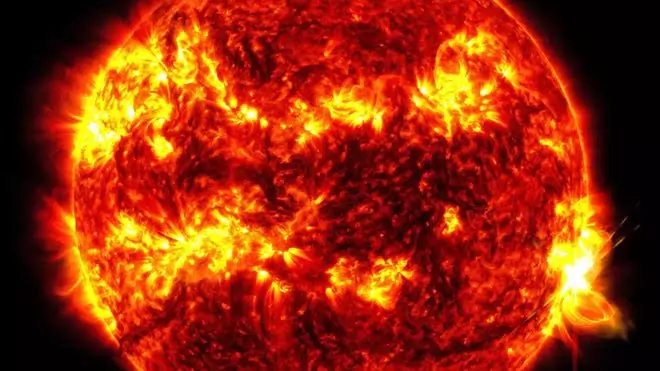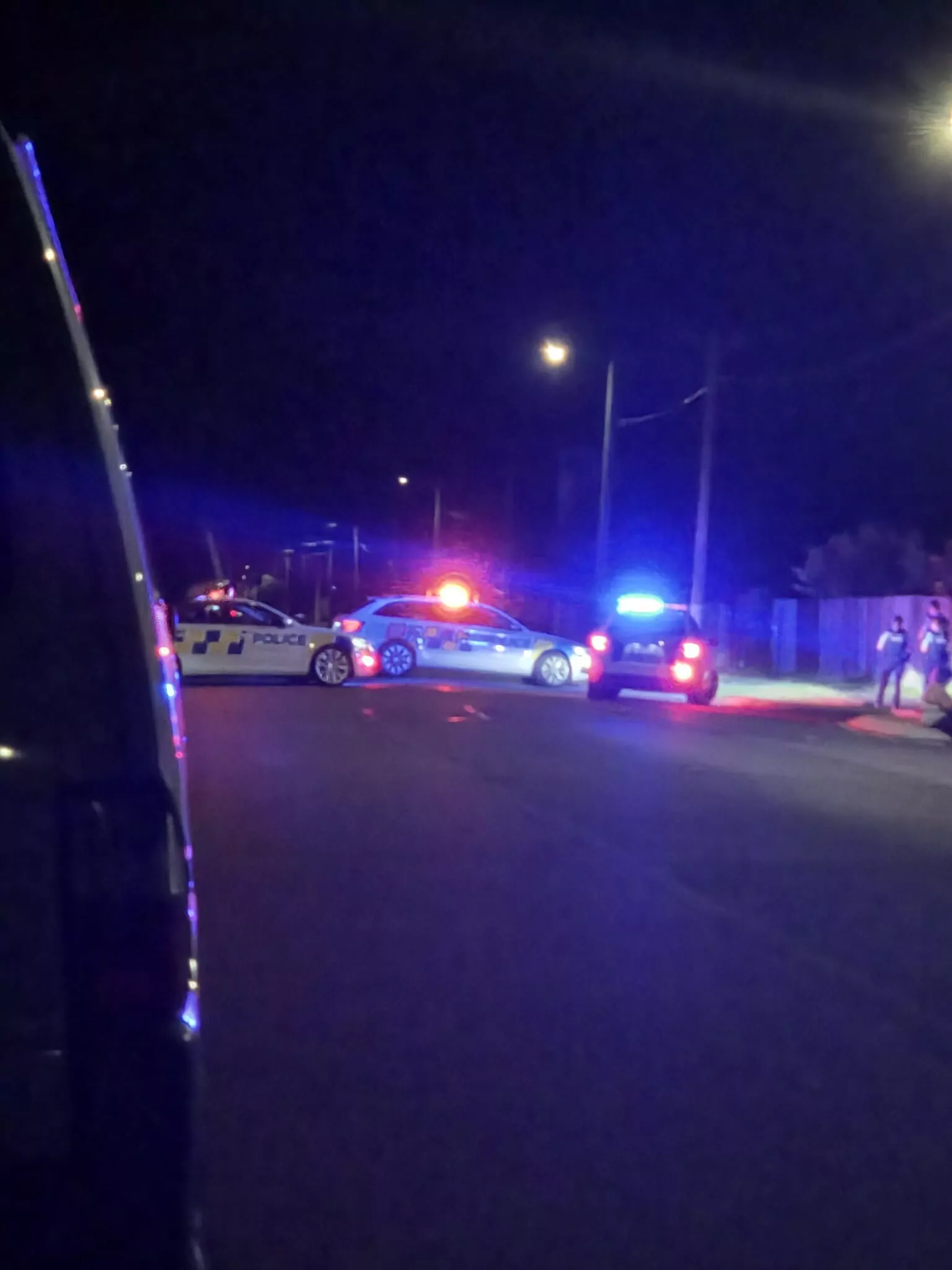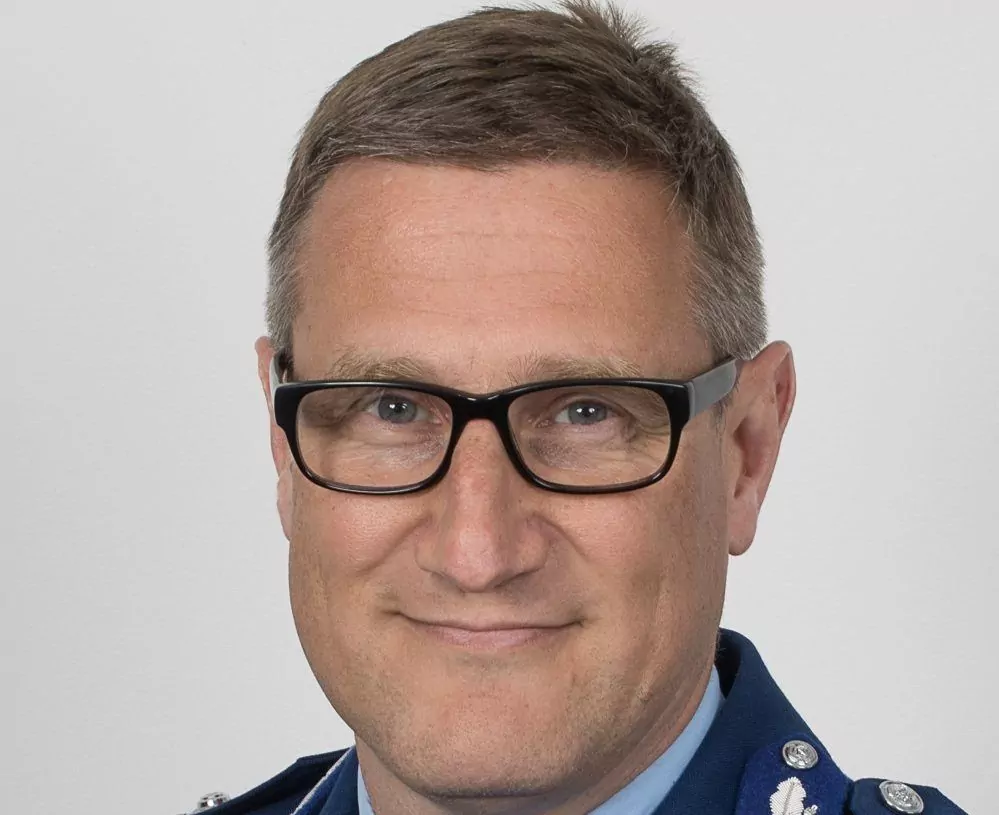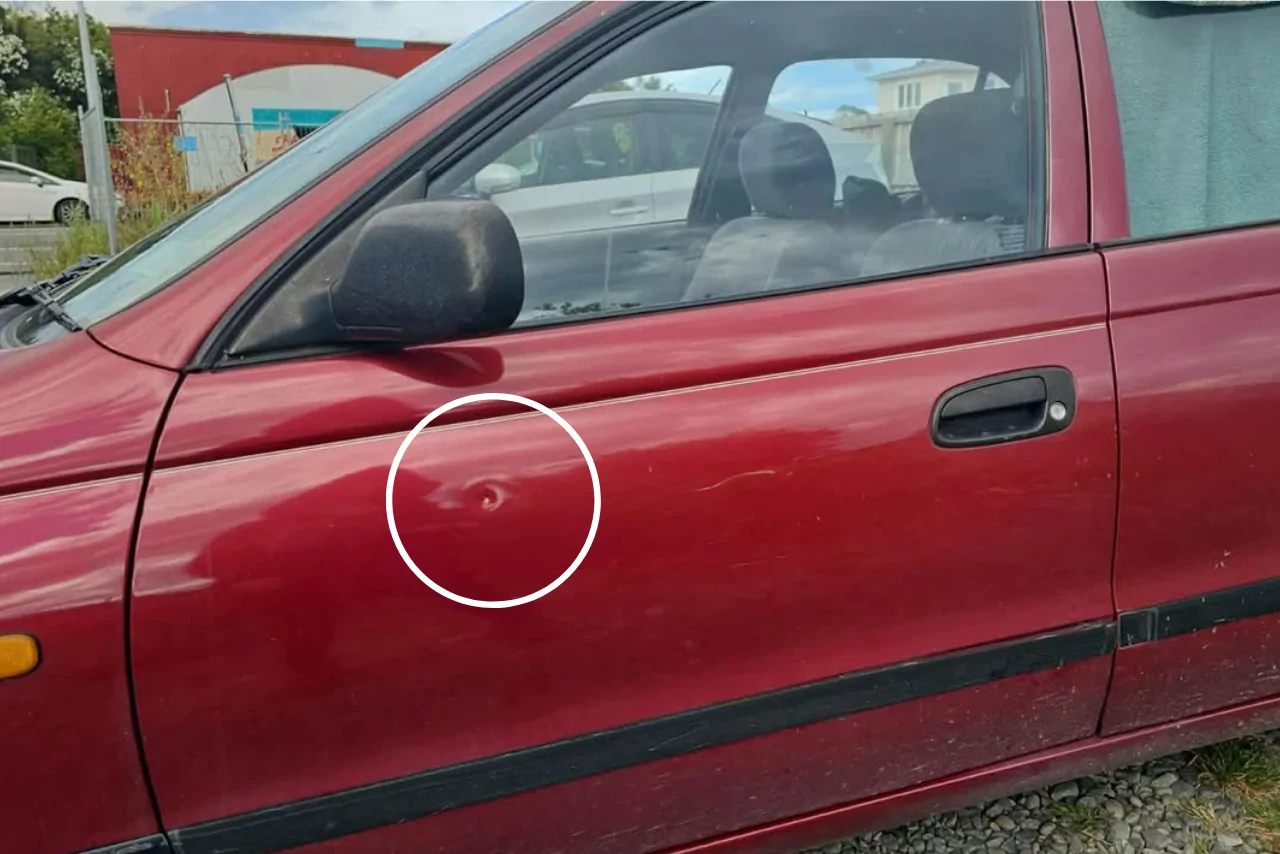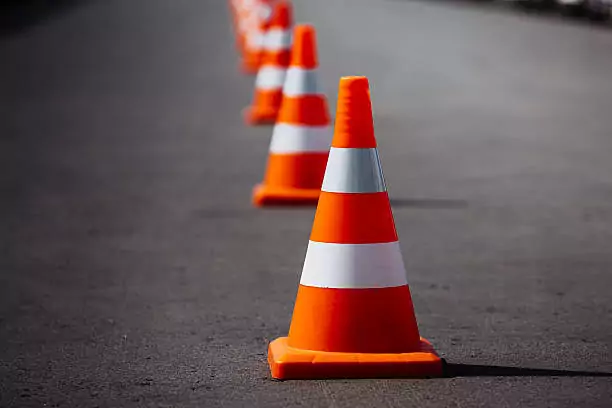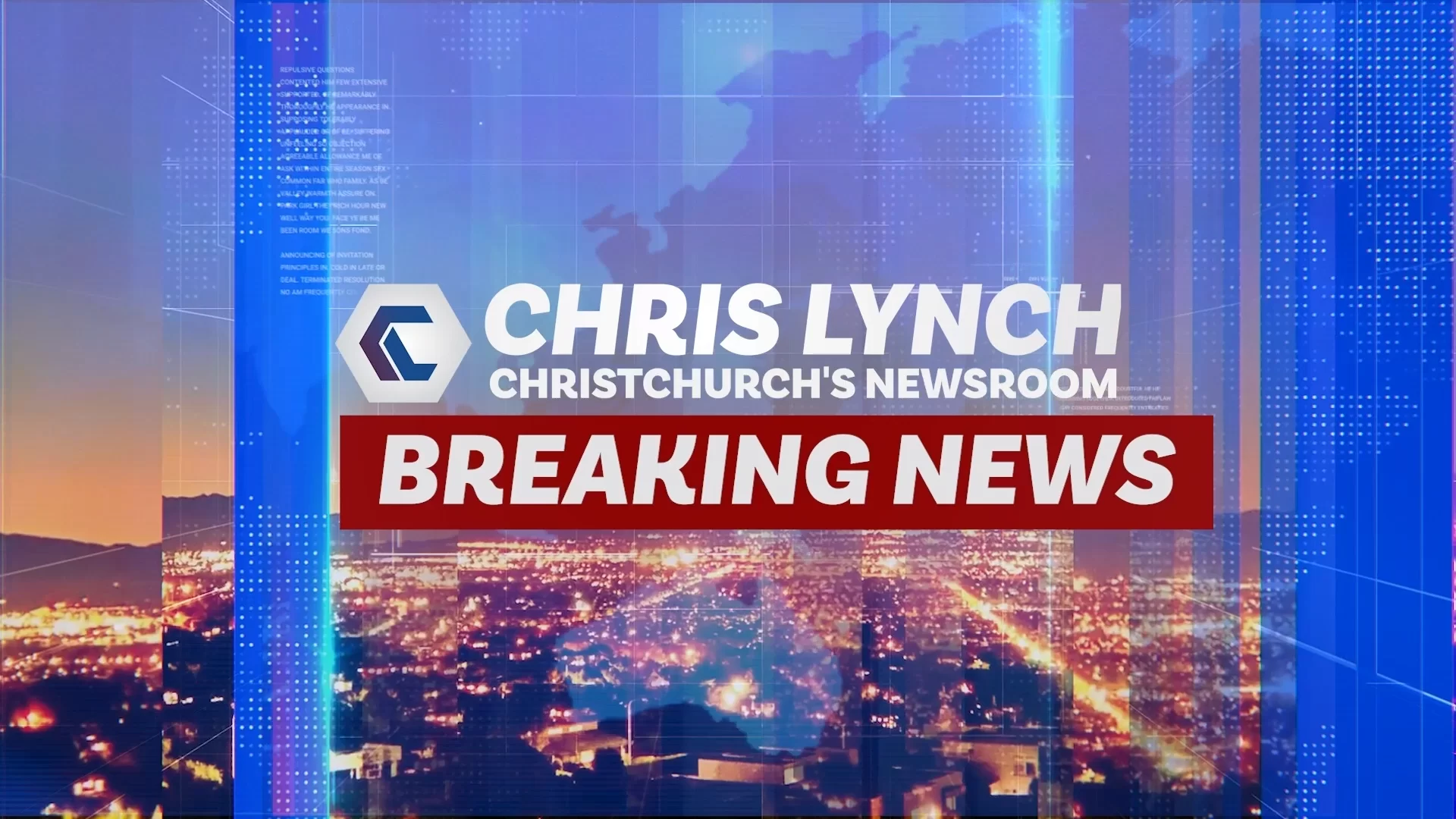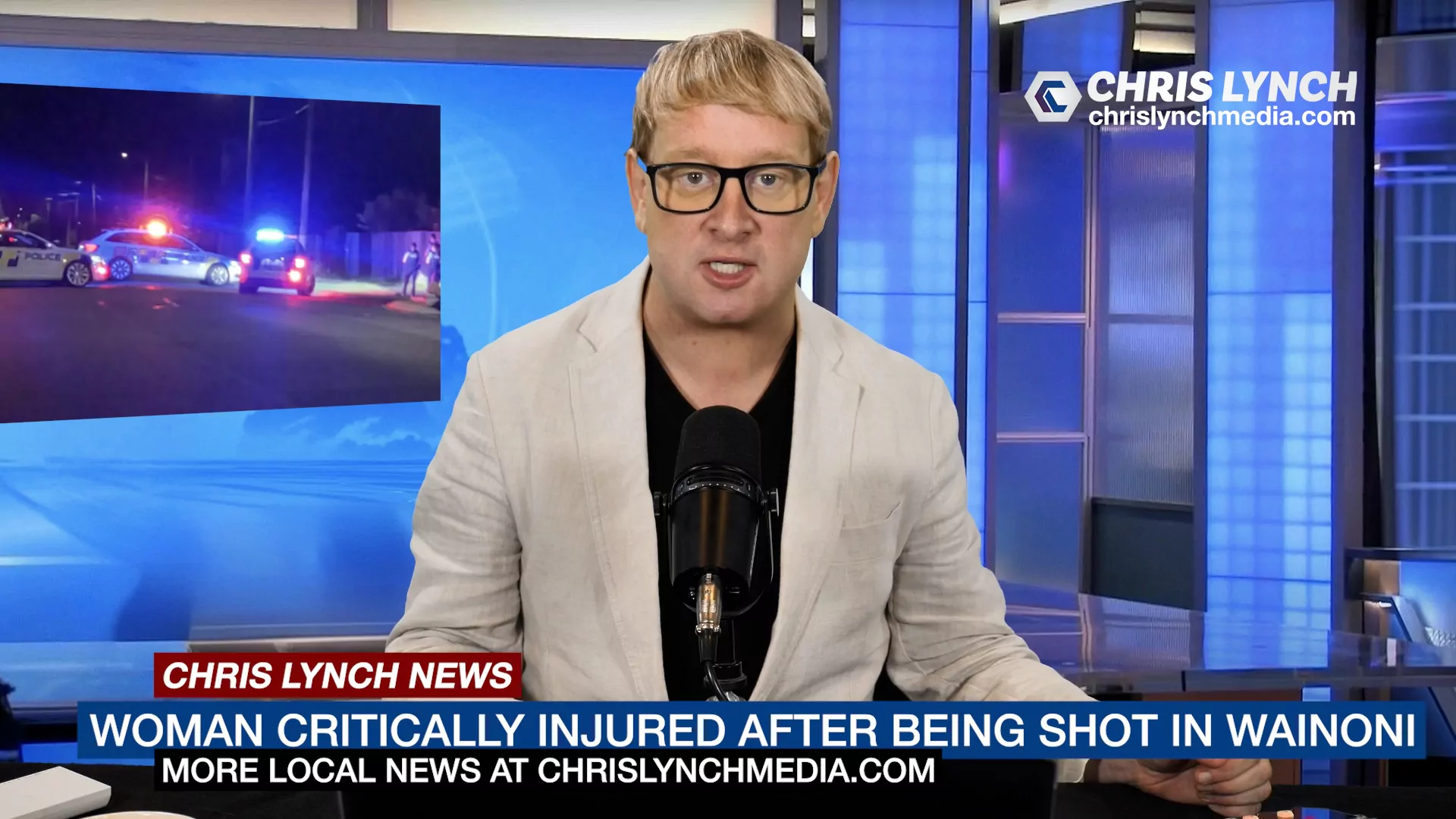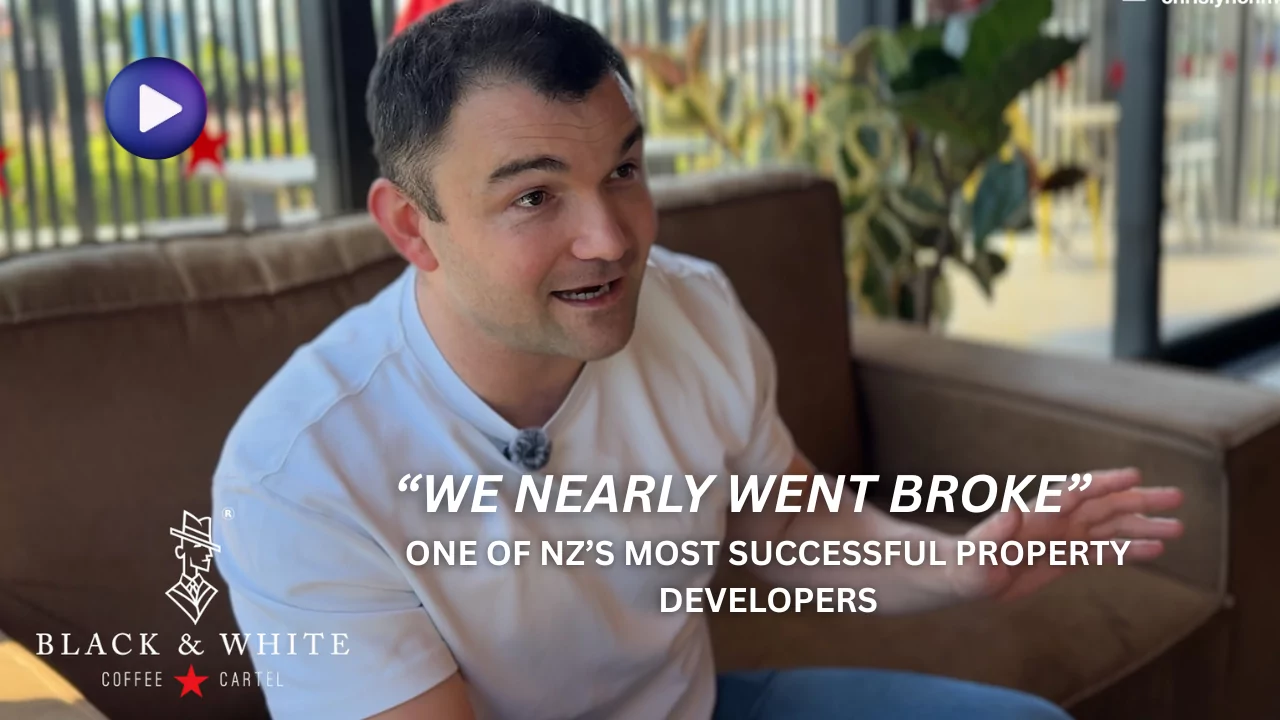Greenpeace is challenging New Zealand’s water regulator over its reassurances about the quality of Christchurch’s drinking water, describing statements by Taumata Arowai as “misleading” and warning of a growing public health threat linked to nitrate contamination.
The comments follow a Christchurch City Council meeting on Tuesday, where Taumata Arowai Chief Executive Allan Prangnell fronted councillors to discuss chlorination and long-standing concerns about the city’s water supply.
During the meeting, Prangnell said Christchurch’s source water remained of the “highest quality” and free from human viral contamination, but he warned that ageing and vulnerable infrastructure, particularly following the Canterbury earthquakes, posed a risk to public health.
“The risk you’re managing is not the purity of the groundwater, it’s the condition of the distribution system by the time water reaches their house,” he told councillors.
Prangnell acknowledged Christchurch residents’ strong opposition to residual chlorination, but said the city must continue to comply with national rules until at least 2027. He confirmed a final report assessing virus risk in groundwater was due by July and would be key to the city’s application for a chlorine exemption.

Taumata Arowai Chief Executive Allan Prangnell
The study, jointly conducted by Environmental Science and Research, the Council, and Environment Canterbury, uses a novel method to detect a harmless human gut virus as an indicator of potential contamination. Around 90 samples have so far been collected from Christchurch, Selwyn, and Waimakariri — all of which returned negative results.
But Greenpeace says this focus on viral contamination does not address the deeper, long-term risk posed by nitrates entering the aquifer.
Greenpeace spokesperson Will Appelbe said, “Despite Taumata Arowai’s assurances over Christchurch water quality, the reality is that the city is facing a looming public health crisis.”
“Cantabrians across the region are facing elevated levels of nitrate in their drinking water — something which cannot be resolved by simply chlorinating the water supply. This is a serious issue, and modelling has shown that Christchurch city’s drinking water is at risk of becoming contaminated with high levels of nitrate.”
He referenced a 2017 Environment Canterbury investigation that found nitrates from intensive dairy farming north of the Waimakariri River could eventually enter Christchurch’s groundwater supply.
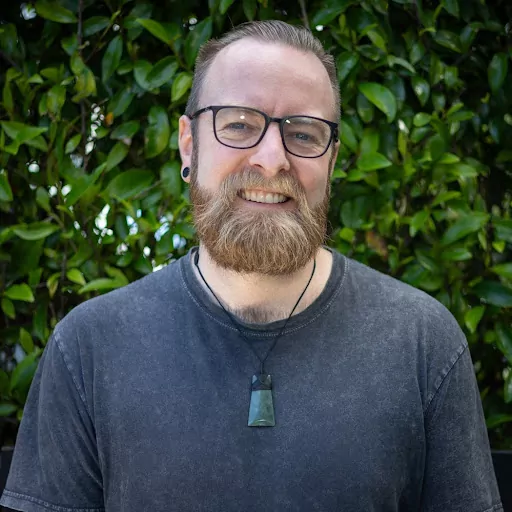
Greenpeace spokesperson Will Appelbe
Greenpeace has been running a national nitrate testing programme since 2021, with a focus on Canterbury. Their publicly available Know Your Nitrate map shows significantly higher nitrate levels in the region compared to the rest of the country.
“New Zealand allows a maximum nitrate level of 11.3 mg/L — a threshold associated with blue baby syndrome,” said Appelbe. “But international research has linked far lower levels to increased risks of bowel cancer and premature birth.”
“Environment Canterbury has a responsibility to ensure people have access to safe drinking water. That means ending the use of synthetic nitrogen fertiliser on Canterbury dairy farms and stopping further intensification.”
While the Council remains committed to securing an exemption from mandatory chlorination, Taumata Arowai made clear at the meeting that any policy changes would not come before 2027, and even then, only if Christchurch could demonstrate long-term safety of its entire network.
